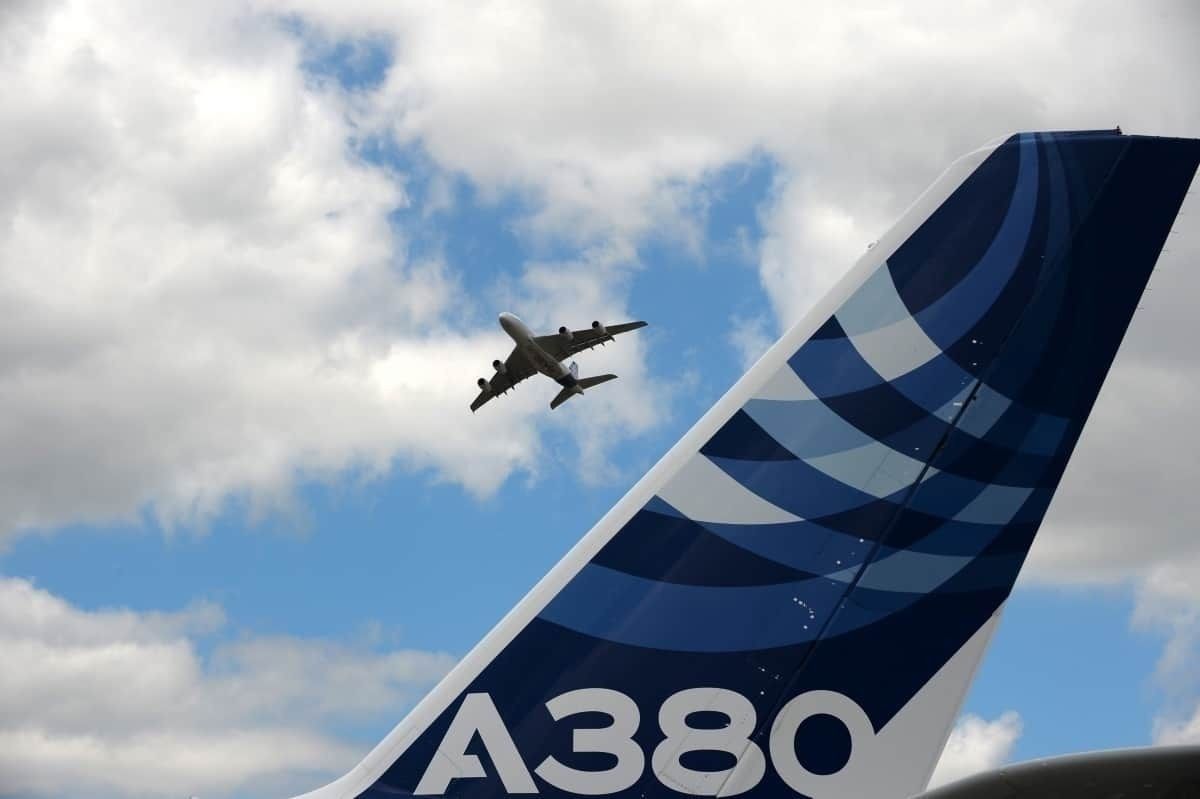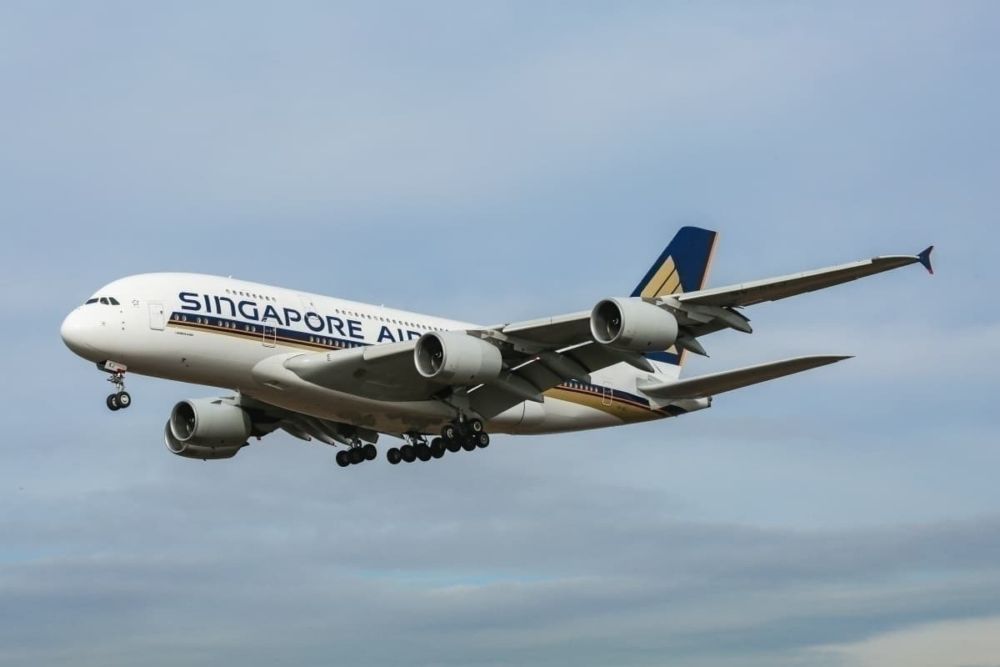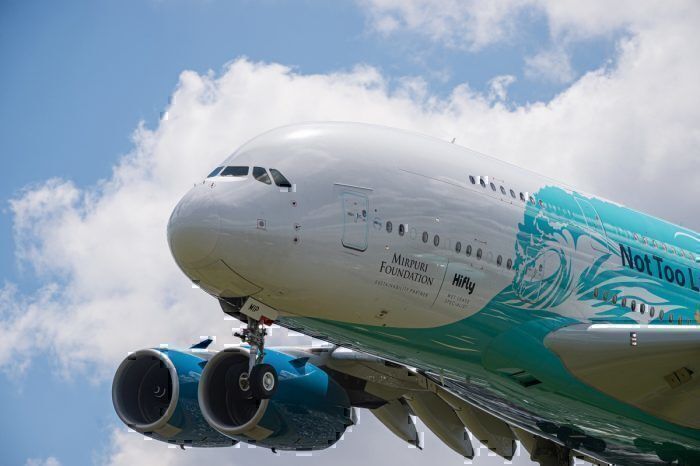The world's largest passenger aircraft is bowing out. The very last fuselage parts for the A380 left the Airbus facilities in Saint-Nazaire last week. Having traveled to the manufacturer's final assembly line in Toulouse, it will form part of the final superjumbo before the model goes out of production in 2021, a mere 16 years after its maiden flight.
The A380 bows out
The brief-lived era of the double-decker superjumbo is coming to an end at the Airbus assembly line. The facility in Saint-Nazaire has produced its final fuselage part for the manufacturer's giant aircraft. Last week, the parts rolled out from the factory, ready to travel the nearly 650 kilometers to Toulouse, where they will become part of the very last A380.
A short-lived era of production
Airbus began studies for the A380 program in 1988 as a means to challenge the reign of Boeing's 747 in the long-haul market. The project was not launched until December 2000, with the first prototype taking off for its maiden flight in 2005.
However, problems with electrical wiring caused delays, causing costs to sky-rocket. Airbus has since found it difficult to recuperate its financial investment.
The decision to end production was taken in February 2019, after Emirates, the largest and also the final customer of the A380, reduced its orderbook by 39 aircraft. The manufacturer and the airline agreed to opt for 40 A330neos and 30 A350s instead.
The first A380 was delivered to Singapore Airlines in October 2007. Since then, 242 have been delivered with a total of 251 firm orders placed. Production will officially end in 2021.Â
Stay informed: Sign up for our daily aviation news digest.
Early retirement
The difficult-to-fill and fuel-guzzling four-engine mega plane has proven unprofitable not only for its creator but also for the airlines that operate it. The A380 can only land at certain airports with long enough runways, taxiway width, and gates at the terminal. This severely limits route options, and as more and more passengers prefer to travel point-to-point rather than hub-and-spoke, the aircraft simply is not right for future widebody investments.
The first retired A380 made its way to the scrap-heap in November last year, only a little over ten years old. It left the very airline that received the first one only 12 years earlier, Singapore Airlines.
Come spring 2020 and the coronavirus pandemic, and airlines began retiring their double-deckers early. As only one retired A380 has made the transition to the second-hand market for Portuguese charter airline HiFly, many more might soon join the fate of the first retiree.
Saint-Nazaire
Saint-Nazaire has long been a part of the European aeronautical industry. Construction began in 1923 with propeller aircraft and seaplanes. Today, it is home to Airbus facilities certified to integrate, assemble, and equip the nose and center fuselages of all Airbus aircraft.
Even though it will no longer make parts for the A380, work continues at the plant for the A320neo narrowbody. Pre-crisis and thus far, the Saint-Nazaire facilities still employs 3,000 people.
For anyone wishing to get a glimpse of the fuselages up close, there are 2-hour guided tours available at the plant that will soon restart after a pandemic related pause. Although, to see the world's largest passenger aircraft fuselage up close, sadly, it will be too late.



